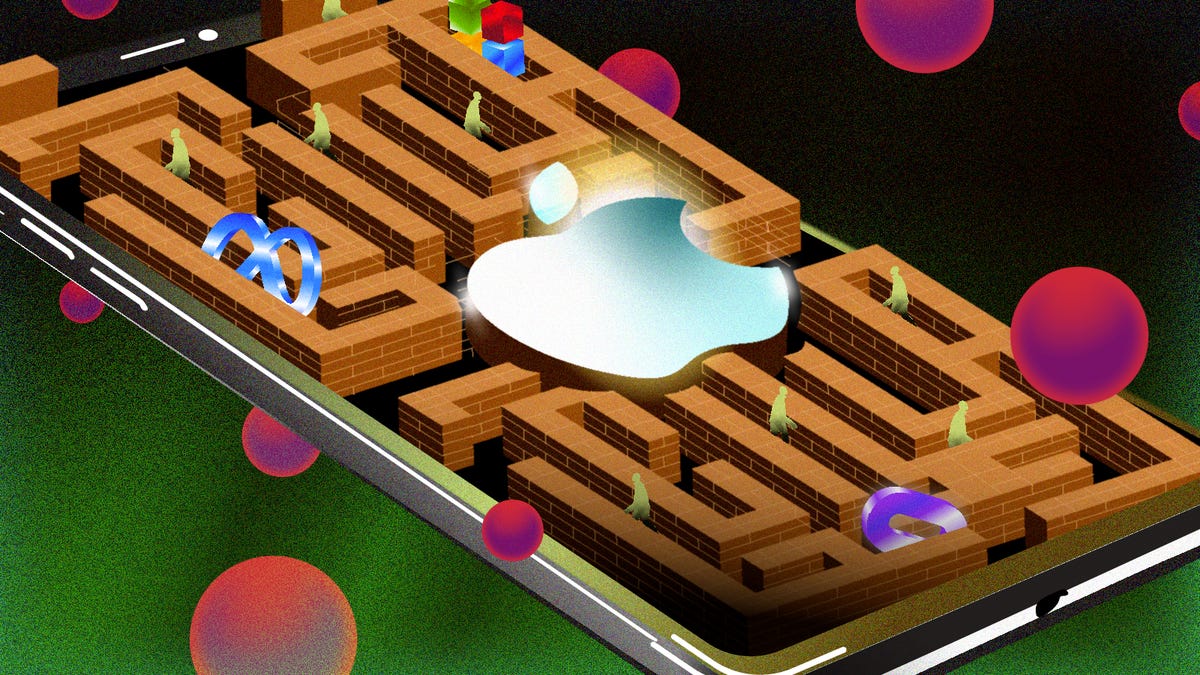
By Ian Sherr
Before the iPhone launched on June 29, 2007, Tony Fadell was used to a regular working rhythm at Apple. People would send out emails at the beginning and end of the day, with “action items” based on conversations and other things that had recently happened. Sometimes, emails arrived between meetings too, but it wasn’t a lot of them.
That all started to change about five months before the iPhone’s launch. Suddenly, the frequency of emails increased. The several dozen employees using prototype iPhones around the company’s Cupertino, California, offices were sending many more emails throughout the day, including in the middle of meetings, ramping up communication across the company.
Now the principal at investment firm Future Shape, Fadell at the time was head of Apple’s iPod music player division and a key member of the team creating the first iPhone. He was already one of Apple’s top executives, the “father of the iPod,” having spent more than a decade making mobile devices.
But the iPhone seemed different, he said. Even though it wasn’t yet fully functioning as a phone, Apple employees were already finding it indispensable. They used it not just to communicate throughout the day, but also to Google things — to confirm a fact or jolt their memory midconversation.
“The center of gravity shifted,” he said. Suddenly, the work laptop wasn’t as important. Instead, the iPhone had become one of the most critical devices in their daily lives.
“The behaviors changed.”
Fadell’s revelation was one of the first signs that the iPhone was going to be more than Apple’s take on a smartphone. Within a few years, the iPhone would be on its way to kick-starting a mobile renaissance, with attached cameras, always-on internet connections and downloadable apps transforming how people use technology today.
But the iPhone’s success wasn’t a sure thing when it launched 15 years ago, not even for Apple. Back then, the device barely had any of the core features many of us take for granted today, like video chat, wireless syncing or its superfast internet connection. The original gadget didn’t have an App Store either, and the multibillion-dollar companies that apps would one day spawn didn’t yet exist. Back then, the iPhone was an uncomplicated device that Apple pitched as a marriage among a widescreen iPod with touch controls, a mobile phone and an internet communicator.
It’s difficult to invent “the future” with a truly game-changing product, and it’s even harder to spot when that’s happening. Tech companies spend most of their time improving what already exists, often by making products more capable, easier to use and incrementally faster. But companies also invest in big bets like the future of television, global internet access or electric cars. (Consider Facebook, which is so determined to convince us about moving into the metaverse with its VR headsets that it changed its corporate name to Meta.)
Despite all that time and money, though, sometimes companies come along with a new idea that seems poised to change everything — only it doesn’t. And in the few instances when a product does begin to transform things, it rarely feels groundbreaking at the time. Instead, it usually seems overhyped and disconnected from reality.
Perhaps that’s why Jim Balsillie, then BlackBerry’s co-CEO, was so dismissive of the iPhone. BlackBerry’s other CEO, company co-founder Mike Lazaridis, was so intrigued by initial reports about the iPhone that he’d corralled Balsillie to watch a webcast replay of Apple’s launch presentation.
“These guys are really, really good,” Lazaridis said, according to the book, Losing the Signal. “This is different.”
“It’s OK,” Balsillie responded. “We’ll be fine.”
Less than a decade later, BlackBerry conceded defeat.
